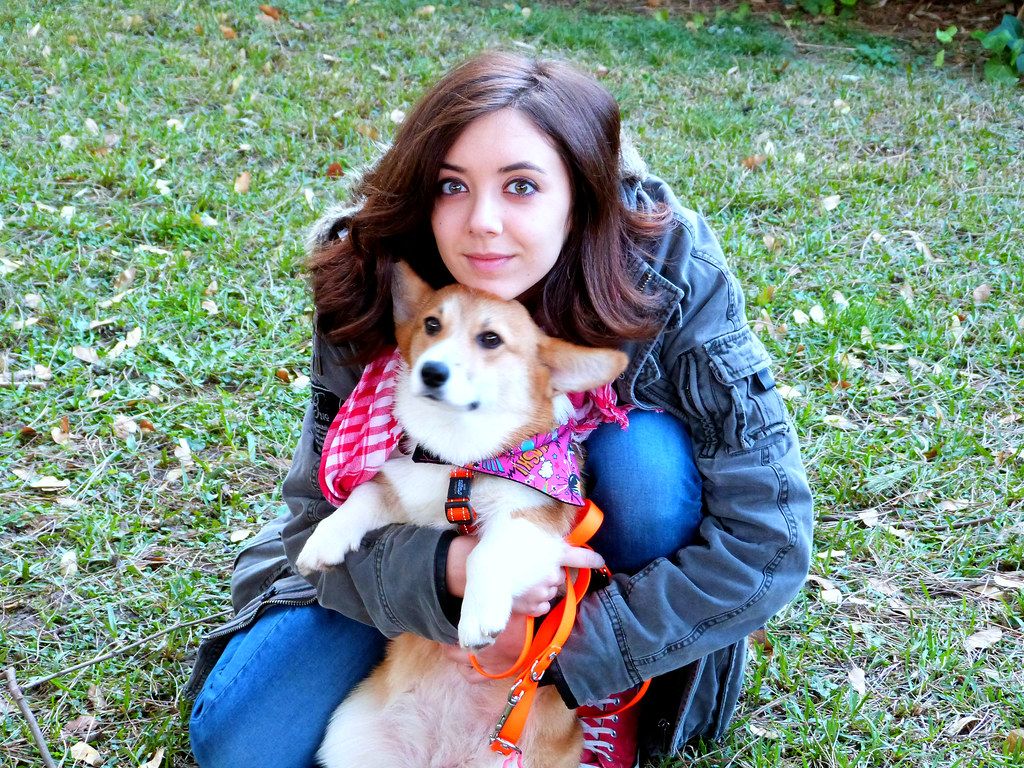
Our beloved pups, our furry best friends, companions, and confidantes. We shower them with love, give them the comfiest beds, and indulge them with endless treats. It’s a relationship built on deep affection, but sometimes, even our best intentions might be lost in translation across the human-canine divide. What feels like a warm embrace to us can sometimes be a source of bewilderment or even stress for our four-legged family members.
We often forget that despite their expressive, human-like eyes and their ability to pick up on our moods, dogs are fundamentally different from us in their preferences and how they express discomfort. Their world is perceived through senses far sharper than our own, and their communication relies heavily on subtle body language rather than words. So, while we might be convinced we’re doing something to show affection, our canine companions might be secretly recoiling.
This article aims to bridge that communication gap, revealing some common human behaviors that dogs secretly dislike. By delving into these surprising insights, we can deepen our understanding of our canine companions and truly strengthen the incredible bond we share. Recognizing these nuanced cues is the first step towards becoming even better pet parents, ensuring our furry friends live their happiest, most comfortable lives right by our side.
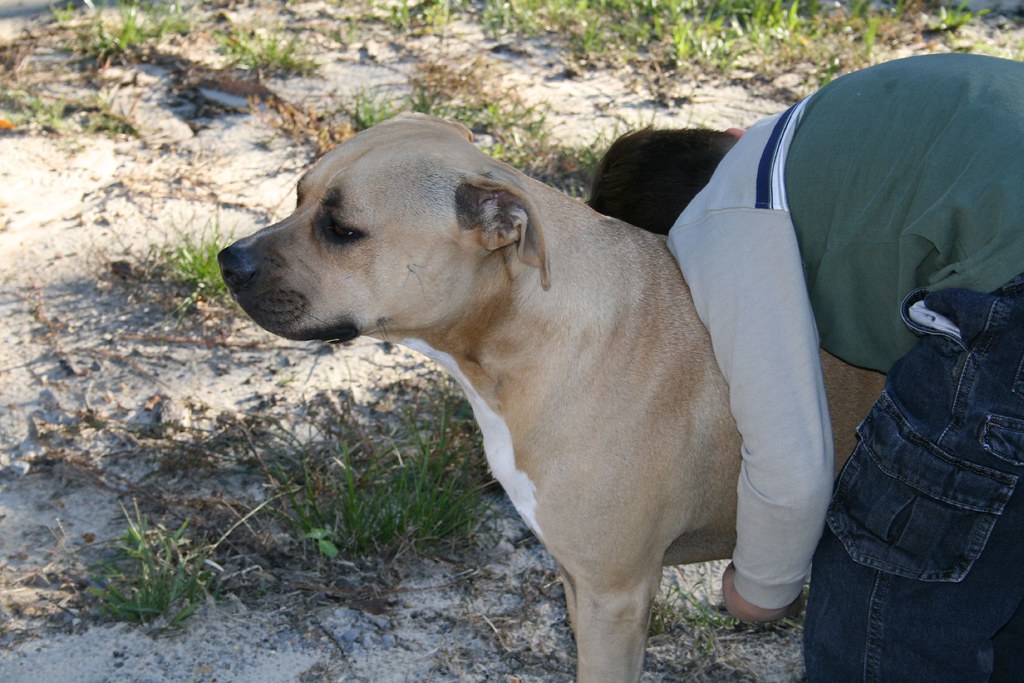
1. **Hugs and Forehead Smooches (Yes, Really!)** As much as we love to shower our furry friends with affection, wrapping our arms around them in a tight hug can often leave them feeling more stressed than blessed. It might be our go-to gesture of love, but for many dogs, this intimate embrace is far from comforting. Canine behavior expert Stanley Coren, for instance, analyzed a sample of photos showing humans hugging dogs and found that in over 80% of these images, the pets displayed clear signs of stress or anxiety. We’re talking about classic indicators like downward ears, half-moon eyes, and expressions that clearly communicate, “Please get me out of here.”
The reason behind this discomfort lies in how dogs perceive restraint. Unlike humans, dogs don’t naturally express affection through hugs; in their world, being pinned or having their movement restricted can be interpreted as a sign of dominance or even aggression. Similarly, when we lean over to plant a forehead smooch on our pooch, bringing our face close to theirs, this sudden approach can be perceived as a threat. It’s a profound miscommunication of intent where our love is seen through a lens of potential danger.
While some dogs, particularly trained therapy dogs, might tolerate such gestures due to extensive socialization, it’s absolutely essential to recognize your pet’s non-verbal cues. Instead of forcing the love, consider letting your dog be the cuddle initiator. If you feel compelled to initiate the affection, at least try to crouch down to their level, making yourself less imposing. Always observe their body language – signs like yawning, blinking, panting, visible whites of eyes, tail tucking, changes in ear placement, or turning away are all subtle but clear indicators of discomfort. Prioritizing their comfort creates a more trusting and enjoyable interaction for both of you.
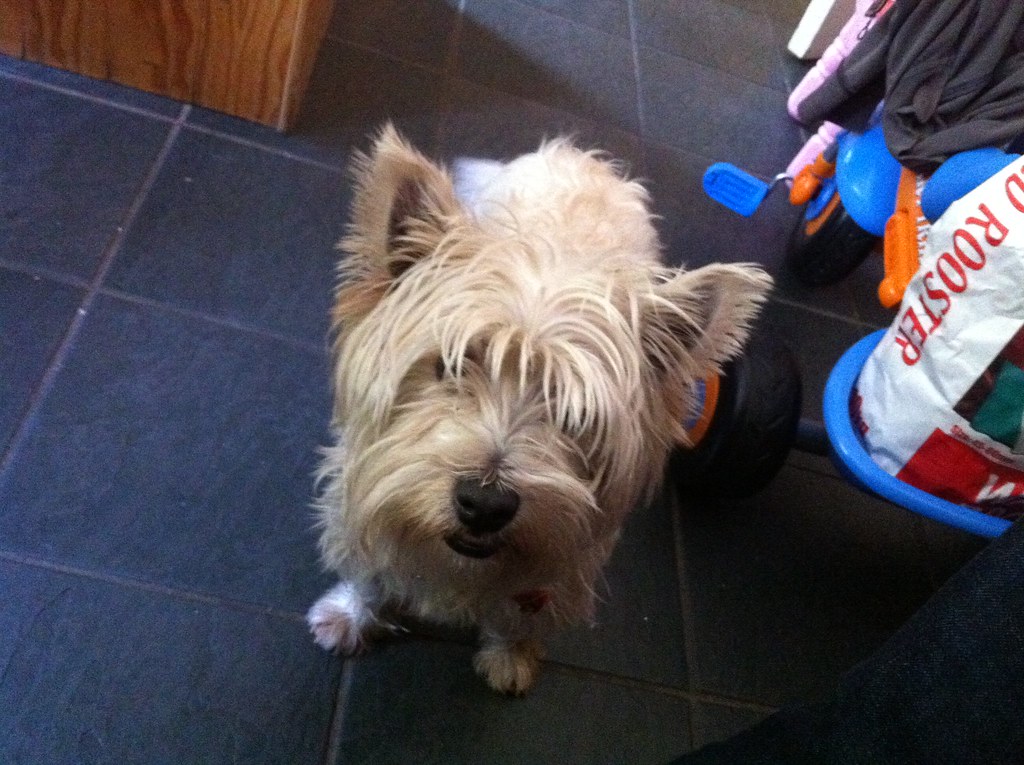
2. **Too Much Eye Contact** Those big, expressive eyes of our canine companions might tempt you into long, loving gazes, but in the intricate world of dog communication, sustained eye contact can actually make your furry friend feel incredibly uneasy. What is generally considered a sign of politeness and engagement in human conversation is often interpreted quite differently by dogs. In the canine world, staring directly is considered rude and can even be seen as an attempt to assert dominance, whereas averting one’s gaze is a more polite and submissive gesture.
When a dog, especially an unfamiliar one, experiences direct, prolonged staring, they can interpret it as a challenge or a threat. This primal instinct means that when a dog feels cornered, pressured, or challenged, their natural response can escalate to aggressive behavior, as they feel the need to defend themselves. Even with a dog that is extremely comfortable and bonded with you, staring at them for too long is still likely to make them feel uncomfortable, and you might notice them subtly looking away after a few seconds in an attempt to de-escalate the situation.
So, the next time you’re tempted to look a dog – whether yours or a stranger’s – deeply in the eye, remember to keep it brief and friendly. For dogs you don’t know, it’s always best to avoid dangerous situations by looking slightly off to the side and allowing them to approach you on their own terms – never force an interaction. If an unfamiliar dog growls, barks, or lunges towards you, respond by backing away gently to reassure them that they are not in danger. Conversely, if you notice a dog staring intensely at you, proceed with caution; this subtle body language could be the first warning sign that they don’t feel comfortable being approached.
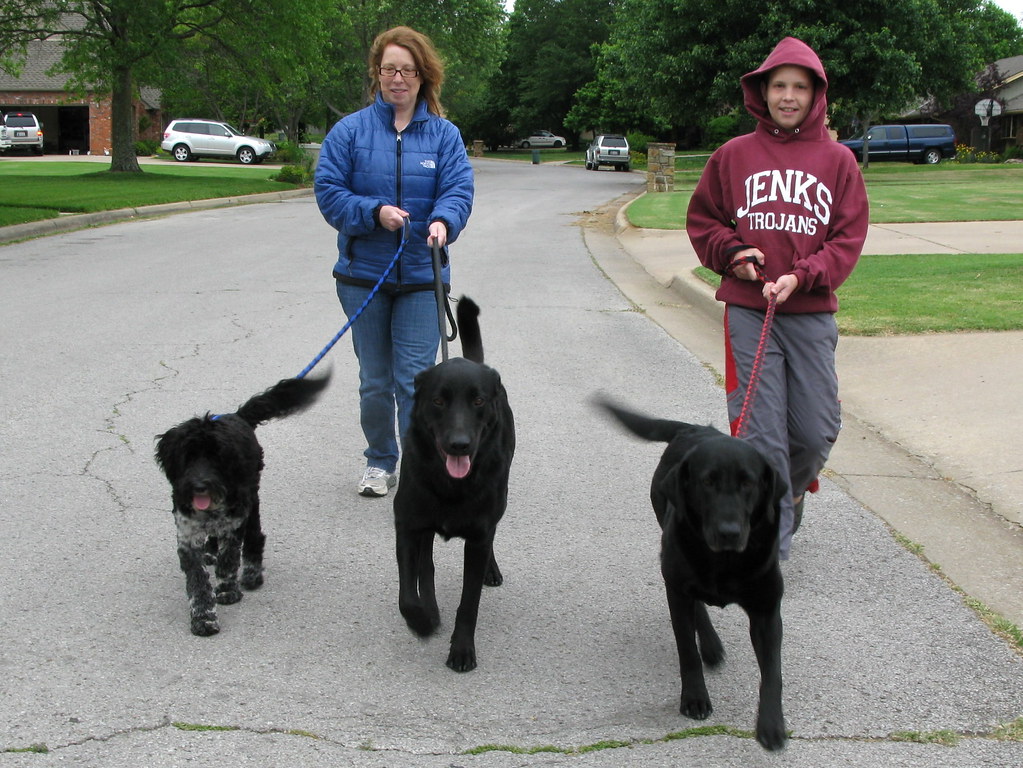
3. **The “No Sniff” Policy During Walks** Imagine being rushed through your favorite bookstore or art gallery without being allowed to stop, browse, or truly take anything in. That’s precisely how your dog feels when you enforce a strict “no sniff” policy during your walks together. For dogs, a walk isn’t just about physical exercise; it’s a profound sensory experience, their primary way of gathering information about the world around them. Their nose is their newspaper, their social media feed, and their GPS all rolled into one incredibly powerful organ.
Allowing your pets to stop and explore scents gives them a crucial opportunity to satisfy their natural curiosity. Sniffing allows them to process the “news” of the neighborhood – who’s been there, what they’ve been doing, and what messages they might have left behind. It’s how they connect with their environment and understand their place within it. Denying them this fundamental activity doesn’t just deprive them of mental stimulation; it can actually diminish the quality of your walks together, turning what should be an enriching adventure into a frustrating forced march.
Try to be a little more sensitive to your dog’s innate sniffing obsession next time you’re on a walk. Let them pause, investigate, and absorb the rich tapestry of smells. This simple act of patience will not only make your walks more enjoyable for your dog but will also deepen your appreciation for their unique way of experiencing the world.
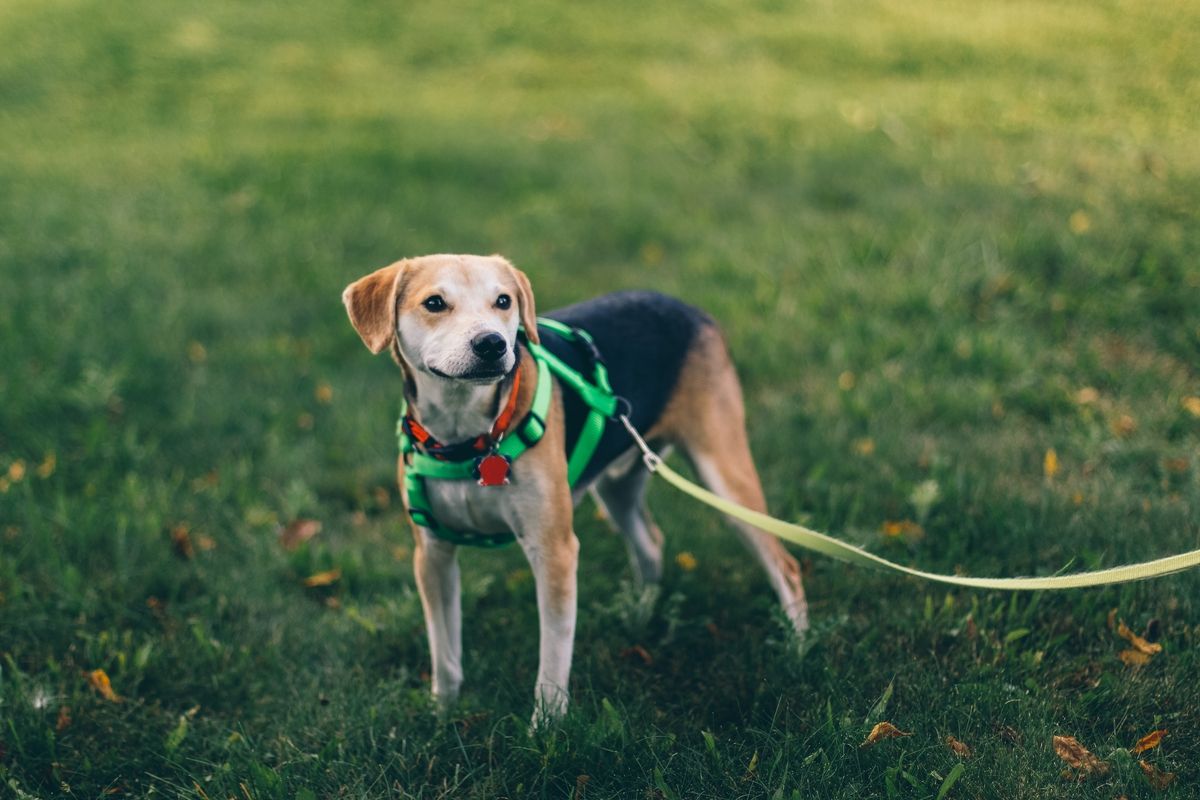
4. **Keeping Your Dog on a Tight Leash** It’s a natural human instinct to pull a leash tighter when we feel the need for more control, especially in stressful or stimulating situations, like passing another dog or a bustling crowd. However, this seemingly helpful action paradoxically sends the exact opposite message to your canine companion: it communicates stress and tension directly down the lead. Often, a taut leash tells your pet that you’re feeling anxious or worried, and as a direct result, they’ll get anxious too. This can easily trigger their fight or flight response, making them more reactive and stressed than they would be on a loose leash.
Beyond the immediate psychological impact, holding a dog’s leash too tight can also have significant long-term consequences for their physical health. Constant pressure on their collar can impact crucial areas like the thyroid gland and the vagus nerve, potentially paving the way for conditions such as hypothyroidism and various nervous system disorders. In the most severe cases, years of walking on a perpetually tight leash can even contribute to tracheal collapse, a debilitating condition that leads to breathing difficulties and, eventually, respiratory failure. Small dogs, with their delicate structures, are particularly susceptible to tracheal damage from this type of consistent pressure.
A simple yet effective technique is to teach your dog to stop pulling on their leash by refusing to step forward any time they begin to pull during a walk. With unwavering consistency, they will eventually learn that the only way to continue their exciting adventure is to maintain a loose lead, fostering a calmer and healthier walking experience for everyone involved.

5. **Barking at Your Dog for Laughs** Remember the viral “bark at your dog” TikTok challenge? What seemed like a harmless, funny prank to many human participants was anything but amusing for the unsuspecting dogs involved. While a dog’s confused or startled reaction might elicit laughs from some folks, from the pet’s perspective, it is unequivocally a distressing and potentially frightening experience. It might appear to be a joke, but animal behaviorists strongly warn that these sorts of actions are cruel and can easily lead to potentially dangerous situations if the dog feels threatened enough.
The fundamental issue lies in canine communication. Dogs recognize that the sound is coming from their human, yet they are biologically wired to view any type of barking as an aggressive gesture – a challenge or a threat. When their human, the one they trust and rely on, suddenly engages in this behavior, it creates profound confusion, fear, and can even trigger aggressive responses. As Ryan Neile, head of behavior services at U.K. pet charity Blue Cross, explained to Newsweek, “At worst, you run the risk a dog will respond in a reflexively defensive manner, which might result in a bite to the face.” This is a very real and possible consequence, where you could get hurt, and your dog might tragically end up losing their home or even their life.
Dogs are simply unable to tell the difference between a prank and genuine aggressive behavior. When watching the “bark at your dog” videos posted online, it becomes apparent that many dogs exhibit clear signs of acute stress: their bodies become stiff, their eyes widen, their ears move back, and they lean away. Some even bare their teeth, unequivocally demonstrating how threatened they feel by the perceived aggression. If you’ve made a habit of barking at your dog, even during playtime, it’s crucial to consider putting an immediate stop to the behavior. It’s highly probable that you are ruining the fun for your pup, jeopardizing their trust in you, and potentially setting the stage for dangerous situations. Our furry friends deserve kindness and understanding, not pranks that induce fear.
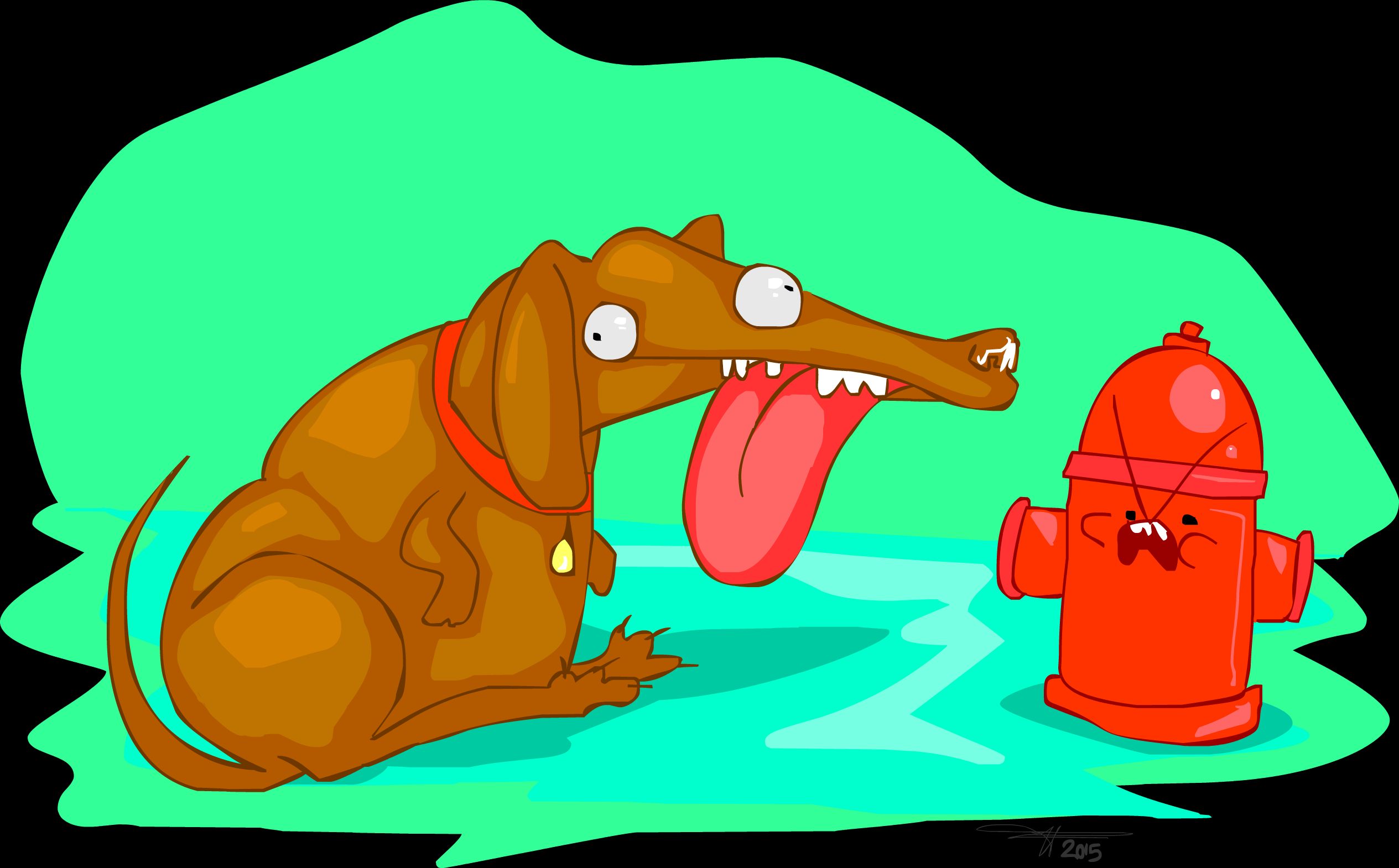
6. **Expecting Your Pup to Share** When we raise human children, one of the foundational lessons we impart is the importance of sharing toys, snacks, and attention with others. However, for dogs, this concept doesn’t quite translate in the same way, and enforcing a strict “sharing is caring” policy can actually backfire significantly. While we might view sharing as a positive social behavior, for dogs, it’s often linked to deep-seated instincts concerning resources, and forcing them to share can create an uncomfortable situation that potentially leads to what’s known as resource-guarding behavior.
Resource guarding occurs when a dog becomes possessive over certain items – be it their food bowl, a favorite toy, a bed, or even a human – and exhibits defensive behaviors to prevent others from taking them. This is not necessarily a sign of aggression but often an instinctive response to feeling that their valuable resources are under threat. Punishing a pup who won’t share toys will only exacerbate the situation, increasing their anxiety and reinforcing their need to guard, rather than teaching them to happily relinquish items. It can erode their trust in you and make them feel even more insecure about their belongings.
Instead of forcing the issue, a more effective approach is to manage the environment to prevent conflict. Provide each dog in the household with their own designated toys, feeding areas, and resting spots to minimize competition. Teach your dog a “drop it” or “leave it” command, and then reward them generously when they willingly give up an item, rather than taking it by force. Understanding and respecting their natural instinct to protect their perceived valuable resources is key. By doing so, you can prevent unnecessary stress and conflict, fostering a more harmonious environment where each pup feels secure in their possessions without feeling the need to guard them aggressively.
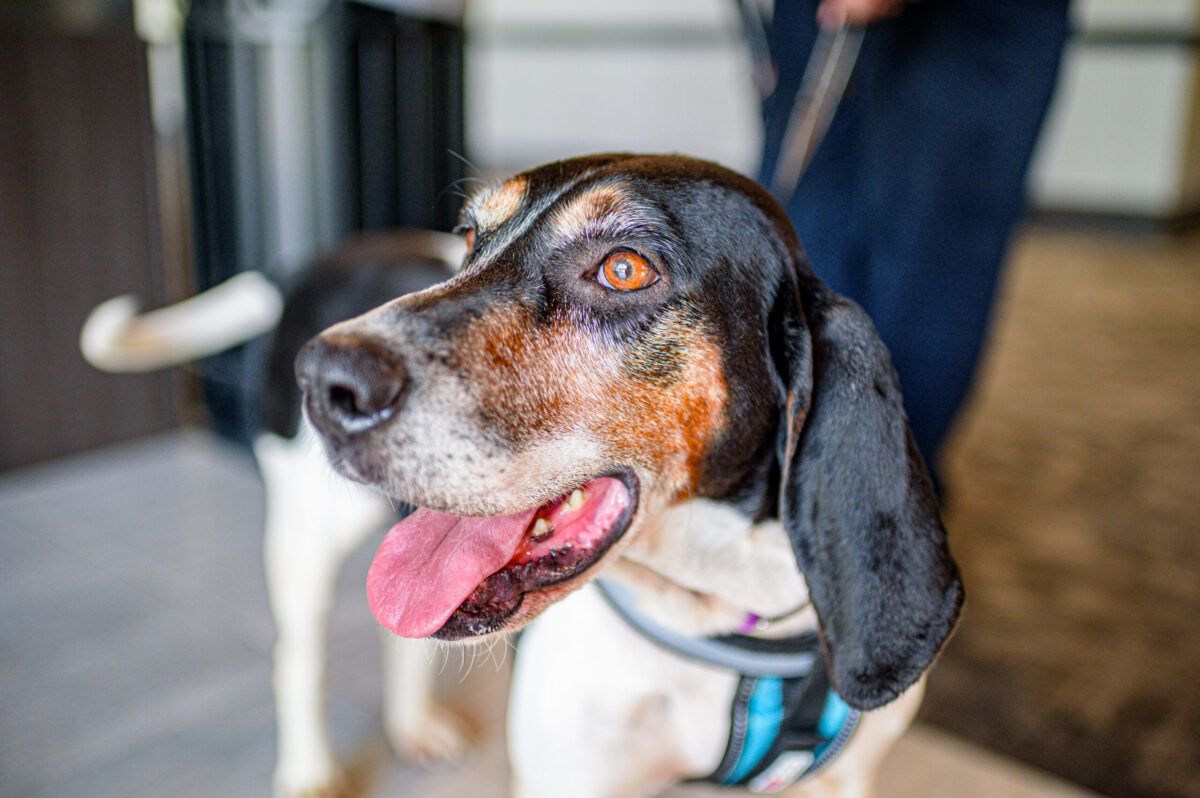
7. **Playing Dress Up** The allure of dressing up our dogs in adorable costumes, matching outfits, or festive sweaters is undeniable, especially for those picture-perfect moments on social media. Some pet owners meticulously get their furry friends used to wearing clothes gradually, while others simply order a cute costume for their adult dog, crossing their fingers and hoping for the best. The reality, however, is that while a handful of dogs might genuinely tolerate, or even seem to enjoy, the extra attention that comes with being dressed up, many dogs find the experience profoundly uncomfortable, and sometimes even distressing.
For a dog, clothes can feel incredibly restrictive, making it difficult for them to move naturally and express themselves. They rely heavily on their body’s natural movements to communicate their feelings, intentions, and reactions to the world around them – a wagging tail, a specific ear position, a subtle shift in posture. By covering them in attire, you might inadvertently mask these crucial signals, preventing them from communicating effectively with both humans and other animals. This impediment to their natural body language can lead to confusion, frustration, or even aggressive encounters if their subtle cues of discomfort are missed by others.
Ultimately, it’s worth asking ourselves: Is snapping that Halloween-themed pic of your dog truly worth putting your poor pet under undue stress? The answer, for the vast majority of cases, is a resounding “no.” If dressing a dog is necessary, perhaps for warmth in cold weather or protection against elements, ensure the clothing is loose, comfortable, and doesn’t restrict their movement in any way. Their comfort and well-being should always take precedence over our aesthetic desires.



